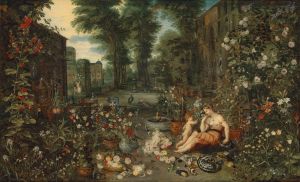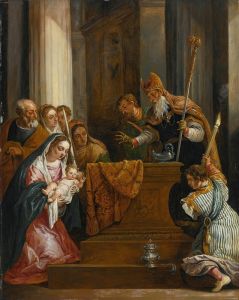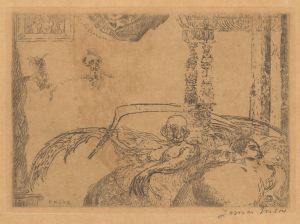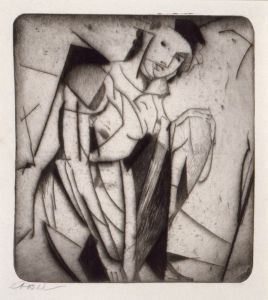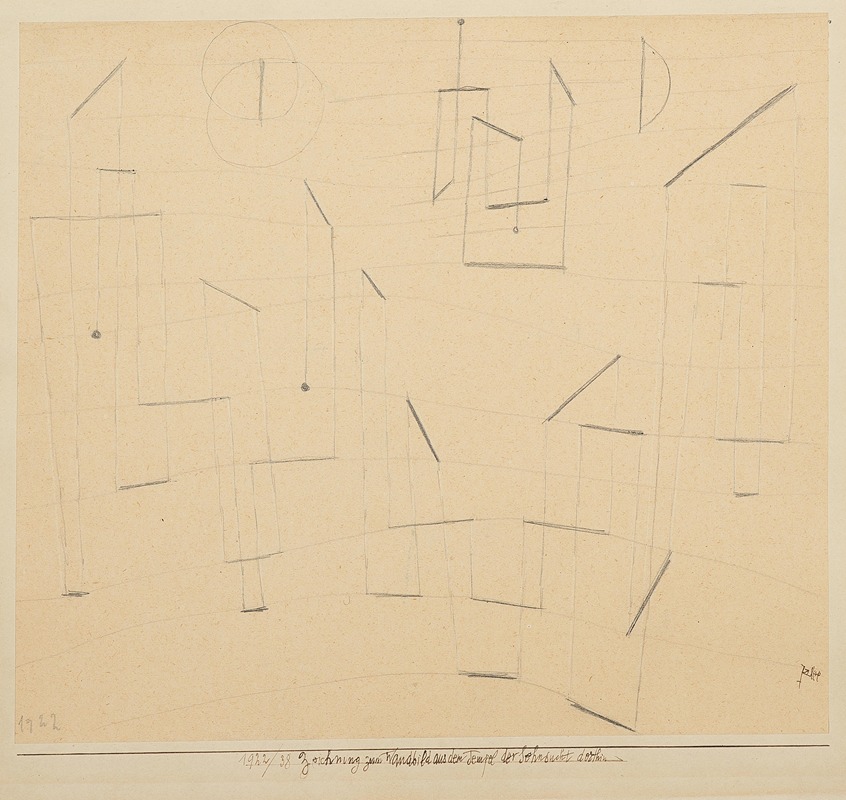
Zeichnung zum Wandbild aus dem Tempel der Sehnsucht dorthin
A hand-painted replica of Paul Klee’s masterpiece Zeichnung zum Wandbild aus dem Tempel der Sehnsucht dorthin, meticulously crafted by professional artists to capture the true essence of the original. Each piece is created with museum-quality canvas and rare mineral pigments, carefully painted by experienced artists with delicate brushstrokes and rich, layered colors to perfectly recreate the texture of the original artwork. Unlike machine-printed reproductions, this hand-painted version brings the painting to life, infused with the artist’s emotions and skill in every stroke. Whether for personal collection or home decoration, it instantly elevates the artistic atmosphere of any space.
Paul Klee's "Zeichnung zum Wandbild aus dem Tempel der Sehnsucht dorthin" (translated as "Drawing for the Mural from the Temple of Longing There") is a work by the Swiss-born German artist Paul Klee, who is widely regarded as one of the most influential figures in modern art. Klee's career spanned the early 20th century, and his works are known for their unique blend of abstraction, symbolism, and a playful use of color and form.
This particular piece, as the title suggests, is a drawing that relates to a mural concept. The work reflects Klee's interest in exploring themes of spirituality, longing, and the metaphysical, which were recurring motifs in his artistic practice. The title itself evokes a sense of poetic mysticism, characteristic of Klee's approach to naming his works, often imbuing them with layers of meaning that invite interpretation.
Klee's artistic style was heavily influenced by various movements, including Expressionism, Cubism, and Surrealism, as well as his personal experiences and philosophical inquiries. His works often combine geometric shapes, abstract forms, and delicate lines, creating compositions that feel both structured and whimsical. While specific details about "Zeichnung zum Wandbild aus dem Tempel der Sehnsucht dorthin" are limited, it can be understood within the broader context of Klee's oeuvre, which frequently explored the interplay between the material and the spiritual.
During his career, Klee was associated with the Bauhaus school, where he taught from 1921 to 1931. His teachings and writings, particularly his "Pedagogical Sketchbook," have had a lasting impact on art education and theory. Klee's works often reflect his deep engagement with music, nature, and the subconscious, elements that are likely present in this drawing as well.
The exact date of creation for this work is not specified in available records, nor is its current location or provenance. However, it is consistent with Klee's broader body of work, which includes numerous drawings, paintings, and prints that explore similar themes. As with many of Klee's pieces, this drawing likely invites viewers to engage with it on both an intellectual and emotional level, encouraging personal interpretation.
Due to the limited information available about this specific work, further research into museum collections, exhibition histories, or Klee's catalog raisonné may provide additional insights. For now, "Zeichnung zum Wandbild aus dem Tempel der Sehnsucht dorthin" remains an evocative example of Klee's artistic vision and his ability to merge the tangible and the intangible in his art.






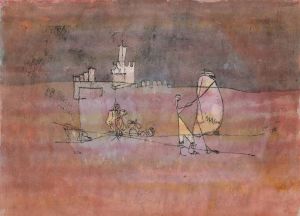
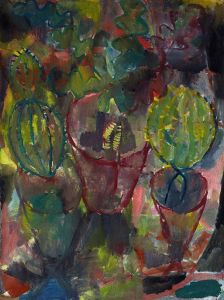
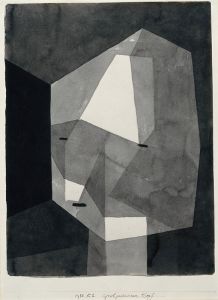
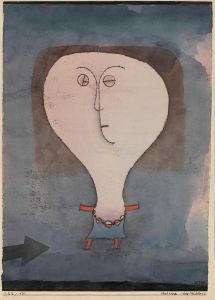
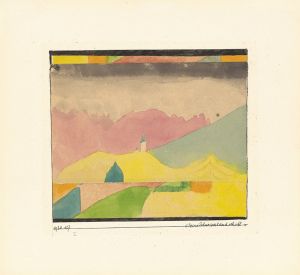
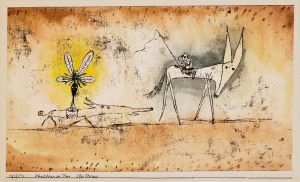
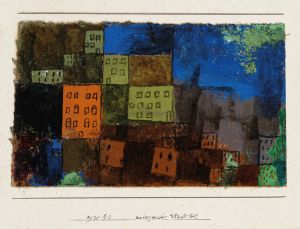
![Dendera [Dandara]. Dec. 1838.](/imgs/217474/s/david-roberts-dendera-dandara-dec-1838-6eb01a73.jpg)

